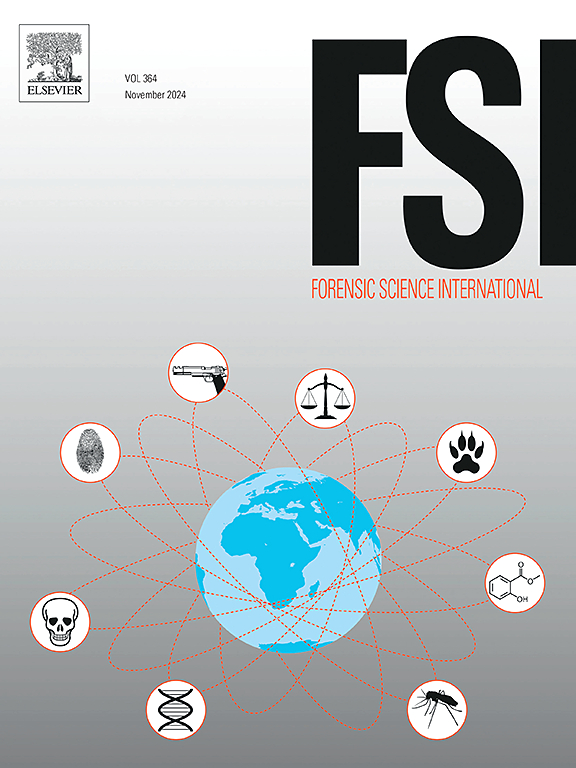发表FSI中使用高风险法医方法获得的结果的方法要求。
IF 2.5
3区 医学
Q1 MEDICINE, LEGAL
引用次数: 0
摘要
本社论就《国际法医学》需要发表的内容提供指导,特别是关于发现欺骗的方法。欧盟的人工智能法案(EU-AI法案)将这些方法标记为高风险。这篇社论讨论了解决伦理问题的重要性,并确保此类研究的结果不会损害基本权利或科学的完整性。社论强调,使用机器学习算法分析生物特征的提交已被拒绝,但没有根本原因总是如此。为了帮助作者成功地开发和发表他们关于高风险方法的工作,该社论提供了在《国际法医学》上发表所需的指导,包括实验设置、科学方法和伦理方面。欧盟人工智能法案强调需要考虑在研究中使用高风险方法的好处和潜在风险。通过解决这些伦理问题,我们可以确保结果是有益的,并且不会损害人权或科学的完整性。社论鼓励作者解决这些问题,并为相关主题的进一步信息提供参考。总而言之,这篇社论为打算在《国际法医科学》上发表高风险方法的研究人员提供了指南,强调了解决伦理问题和确保研究成果是有益的、不损害基本权利或科学完整性的重要性。本文章由计算机程序翻译,如有差异,请以英文原文为准。
Methodological requirements to publish results obtained using high-risk forensic methods in FSI
This editorial provides guidance on what is required for publication in Forensic Science International, particularly regarding methods for detecting deception. The European Union's Artificial Intelligence Act (EU-AI act) labels these methods as high-risk. The editorial discusses the importance of addressing ethical concerns and ensuring that the outcomes of such research do not compromise fundamental rights or the integrity of science. The editorial highlights that submissions analyzing biometric features using machine learning algorithms have been rejected, but there is no fundamental reason for this to always be the case. To assist authors in successfully developing and publishing their work on high-risk methods, the editorial provides guidance on what is required for publication in Forensic Science International, including experimental setup, scientific methodology and ethical aspects. The EU-AI Act emphasizes the need to consider both benefits and potential risks associated with using high-risk methods in research. By addressing these ethical concerns, we can ensure that the outcomes are beneficial and do not compromise human rights or science integrity. The editorial encourages authors to address these issues and provides references for further information on related topics. In summary, this editorial serves as a guide for researchers aiming to publish their work on high-risk methods in Forensic Science International, highlighting the importance of addressing ethical concerns and ensuring that research outcomes are beneficial and do not compromise fundamental rights or the integrity of science.
求助全文
通过发布文献求助,成功后即可免费获取论文全文。
去求助
来源期刊

Forensic science international
医学-医学:法
CiteScore
5.00
自引率
9.10%
发文量
285
审稿时长
49 days
期刊介绍:
Forensic Science International is the flagship journal in the prestigious Forensic Science International family, publishing the most innovative, cutting-edge, and influential contributions across the forensic sciences. Fields include: forensic pathology and histochemistry, chemistry, biochemistry and toxicology, biology, serology, odontology, psychiatry, anthropology, digital forensics, the physical sciences, firearms, and document examination, as well as investigations of value to public health in its broadest sense, and the important marginal area where science and medicine interact with the law.
The journal publishes:
Case Reports
Commentaries
Letters to the Editor
Original Research Papers (Regular Papers)
Rapid Communications
Review Articles
Technical Notes.
 求助内容:
求助内容: 应助结果提醒方式:
应助结果提醒方式:


